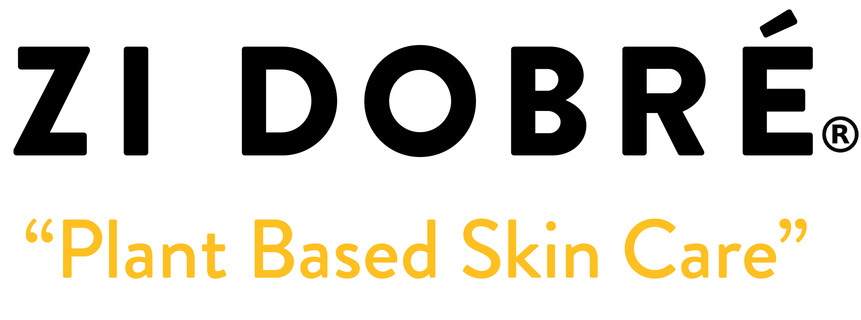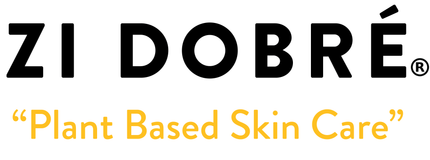Verification of the Effects of Equine Enhancement Supplement on Performance
HORSE STUDY by Prof Marko Halo PhD
The biological material consisted of 12 horses of the Slovak warm-blooded breed (6 mares and 6 geldings), aged 6 to 12 years. Horses were divided into the experimental group (6 horses) - group I and the control group (6 horses) - group II. In both groups, the horses were under the same training load and were fed the same moistened complete feed mix according and meadow hay.
The experimental group was given the Equine Enhancement Supplement in daily doses of 30 grams per day. The animals included in the experiment were housed and trained at the Animal Center Experimental Center of the Department of Special Animal Breeding. In this center, horses are housed in individual boxes. There is used sawdust litter. In each box, the horse has an automatic water feeder, and core feed trough. A blood sample was taken from all horses to determine the metabolic profile before, in the middle and at the end of the experiment. Blood sampling was performed by a veterinarian. Blood was collected by puncture from the jugular vein. The manner and duration of consumption of nuclear feed and overall voracity were monitored in all tested horses. The whole experiment ran from June 26th 2019 to July 31st 2019. In blood samples we observed the following indicators: AST, ALT, glucose and mineral profile.
The obtained data were processed into tables and graphs and then statistically evaluated. Within the basic statistics we calculated the arithmetic mean, standard deviation and coefficient of variation. Comparison of the demonstrative differences between groups was made using a multi-factor analysis of variations of the GLM model with contrast testing using the Tukey (HSD) test.
The results
Every load of the organism is also reflected in its metabolic profile. It is the monitoring of the metabolic profile of the tested horses that significantly helps to increase the training while maintaining the health of the loaded horses. The first quiescent sampling and subsequent biochemical analysis were done before the experiment, to compare the initial state of the internal environment with the state after the experiment.
Comparison of Average AST Values for Tested Horses (graph #1)

Graph 1 shows a comparison of mean AST values where the mean value in the experiment was found to be 3.70 μkat.l-1. The highest mean value (3.88 μkat.l-1) was observed in the first collection in horses administered Equine Enhancement Supplement at daily doses of 30 g. We found that the measured values were just above the reference levels (0.96 - 3.33 μkat.l-1). Throughout the experiment, mean AST levels in the blood had a decreasing tendency, which means that during the study period, no load was found in all horses that would cause an increased liver load. In contrast, in the test horses (group I) we observed a faster decrease in AST to the upper limit of the reference level.
Comparison of Average ALT Values For tested Horses (graph #2)
 During the reporting period, mean ALT levels ranged from 0.10 - 0.15 μkat.l-1 (graph 2), which means that the monitored horses with this value did not exceed the physiological standard (0.10 - 0.38 μkat.l). -1). A similar tendency of moderate ALT increase was observed in both the test and control groups. Mean ALT levels were within the reference range for all subjects tested throughout the experiment.
During the reporting period, mean ALT levels ranged from 0.10 - 0.15 μkat.l-1 (graph 2), which means that the monitored horses with this value did not exceed the physiological standard (0.10 - 0.38 μkat.l). -1). A similar tendency of moderate ALT increase was observed in both the test and control groups. Mean ALT levels were within the reference range for all subjects tested throughout the experiment.
Comparison of Average Glucose Values in the Horses Monitored (Graph #3)
 In the statistical comparison of the test and control groups, there were no statistically significant differences in AST and ALT levels.From the comparison of the average glucose values, graph 3 shows that the average blood glucose level of the subjects studied ranged at the level of 5.95 mmol.l-1. In the first collection we observed the highest glucose level of 6.21 mmol.l-1 in the experimental group of tested horses. The glucose reference values are in the range of 4.16-6.20 mmol.l-1, i.e. its levels have been recorded at the upper limit of the physiological range reference level.
In the statistical comparison of the test and control groups, there were no statistically significant differences in AST and ALT levels.From the comparison of the average glucose values, graph 3 shows that the average blood glucose level of the subjects studied ranged at the level of 5.95 mmol.l-1. In the first collection we observed the highest glucose level of 6.21 mmol.l-1 in the experimental group of tested horses. The glucose reference values are in the range of 4.16-6.20 mmol.l-1, i.e. its levels have been recorded at the upper limit of the physiological range reference level.
Comparison of Average Ca Values in the Monitored Horses (graph #4)
 Comparison of mean Ca values in monitored horses from the evaluation of the individual components of the mineral profile, the most significant changes were recorded in the levels of Ca, Na and K. In the studied mineral elements, we observed a slight increase in the levels in the experimental group after administration of the test product. In contrast, there was a decrease in the Ca level of the control.
Comparison of mean Ca values in monitored horses from the evaluation of the individual components of the mineral profile, the most significant changes were recorded in the levels of Ca, Na and K. In the studied mineral elements, we observed a slight increase in the levels in the experimental group after administration of the test product. In contrast, there was a decrease in the Ca level of the control.
Comparison of Mean Na Values in Monitored Horses (graph #5)

From the analysis of the results of the experimental and control groups it is apparent that, although no statistically significant differences were found between the groups, the test group achieved more balanced levels of selected metabolic profiles.
Analysis of the Effect of Equine Enhancement Supplement on the Quality of Stallion Ejaculate (table #1)

In the evaluation of qualitative parameters of stallion ejaculate, we can state that the administered Equine Enhancement Supplement significantly influenced the monitored parameters of stallion sperm. Already after 3 weeks we observed improvement of monitored parameters. When comparing the qualitative parameters for the monitored period, their significant qualitative increase can be seen.
Comparison of qualitative parameters of stallion ejaculate
MOT - percentage of motile sperm (%),
PRO - percentage of progressive motile sperm (%),
DCL (distance curved line) - curvilinear distance (μm),
DSL (distance straight line) - rectilinear distance (μm),
DAP (distance average path) ) - average distance (μm),
VCL (velocity curved line) - curvilinear velocity (μm.s-1) [time-dependent mobility of the sperm head along the current curvilinear path perceived as two dimensions under the microscope],
VSL (velocity straight line) - direct velocity (μm.s-1) [time-dependent mobility of the sperm head along its straight line between its first and last detected position],
VAP (velocity average path) - average path velocity (μm.s-1) [time-dependent head mobility sperm along its straight path],
LIN (linearity) - straightness [straightness of curvilinear path, expressed as VSL: VCL],
STR (straightness) - amplitude of lateral head displacement (ALH) - amplitude of lateral head displacement (μm.s-1) [degree of lateral displacement of the sperm head around the average pathway,
ALH is expressed as maximum or mean value] ,
WOB (wobble) - a measure for the oscillation of the current path around the average path, expressed as VAP: VCL] and
BCF (beat cross frequency) (frequency at which VCL crosses VAP).
Conclusion
Based on the analysis of monitored parameters of metabolic, mineral profile and evaluation of qualitative parameters of tested horses we can conclude that:
#1 In the horses tested, we have seen a faster decrease in AST levels to the reference level.
#2 There were no statistically significant differences in AST and ALT levels in the test and control groups.
#3 In the test group we have seen stabilization in glucose levels. In contrast, in the control group, glucose levels were not balanced during the test.
#4 In the mineral profile, there was a slight increase in levels in the experimental group after administration of the test product.
#5 All qualitative parameters of ejaculate reached qualitatively better parameters during the monitored period, which significantly affects the fertility of stallions.
#6 Tested horses had no problems in consuming feed with the addition of Equine Enhancement Supplement.
#7 The voracity was very good and it was not disturbed even during the elevated daytime temperatures by the addition of the administered Equine Enhancement Supplement.
#8 A significant reduction in sweating during exercise can be considered as a positive factor, which significantly contributes to the stability of the internal environment of horses under load.
#9 During the test period, the experimental group of horses experienceda faster recovery time after exercise.
#10 In the tested horses we have seen higher resistance to stinging of stinging insects.
#11 All the findings presented are the result of an initial several-weekstudy and their confirmation requires further follow-up with a longer period and at varying degrees of stress. Nevertheless, we can find positive effects on the internal environment of the tested horses and their regeneration under load.



